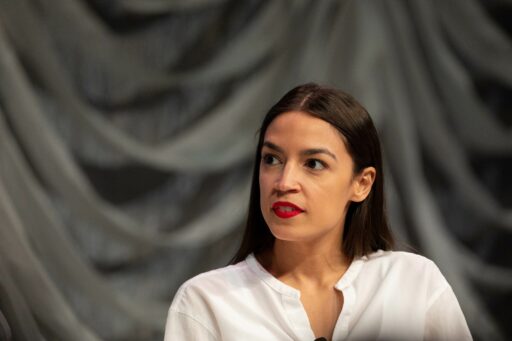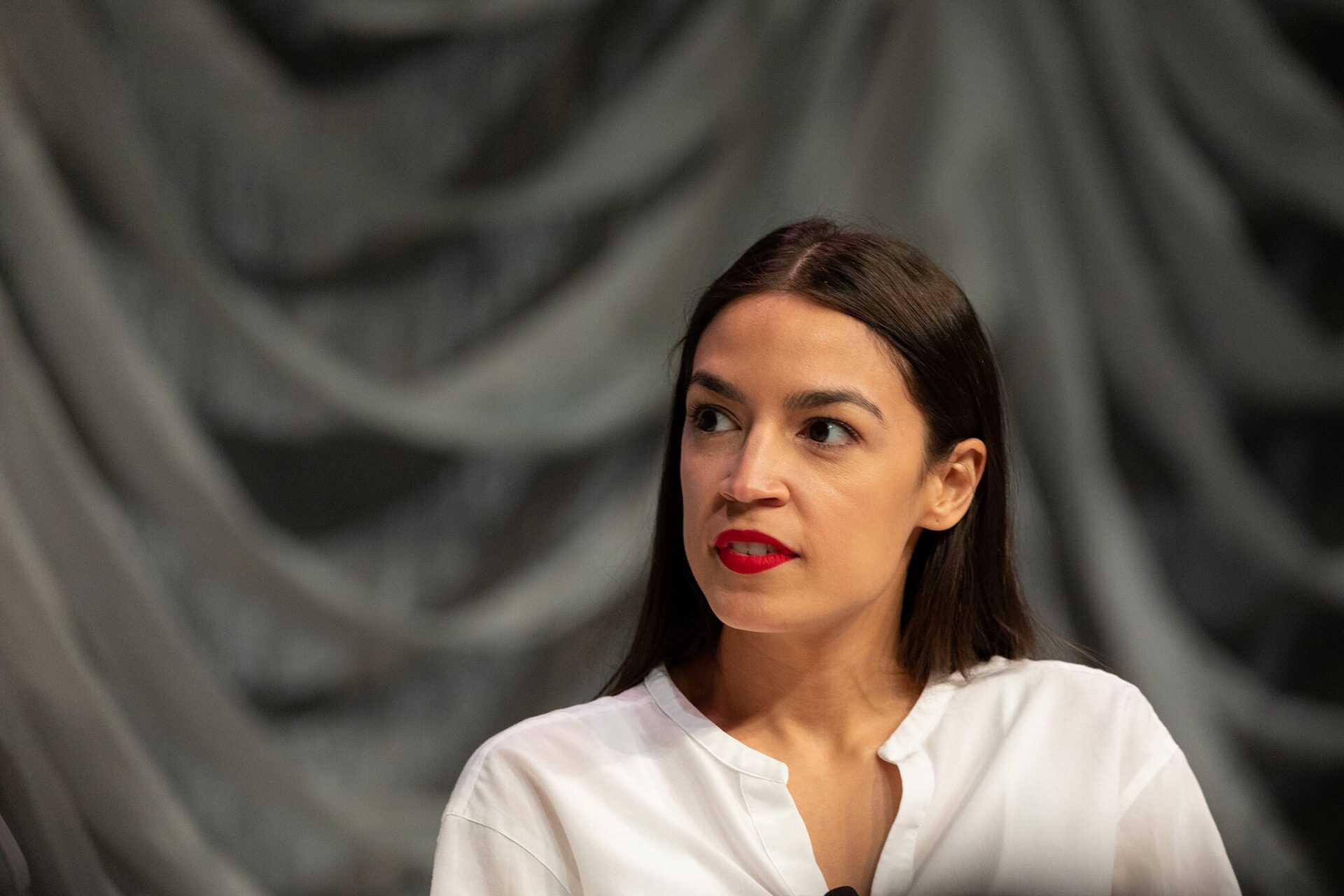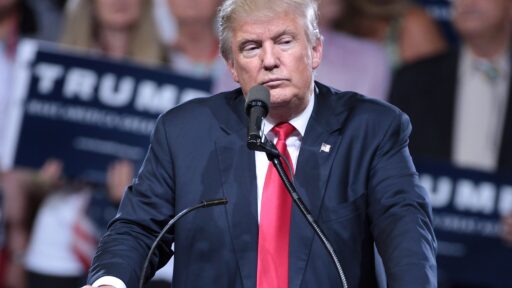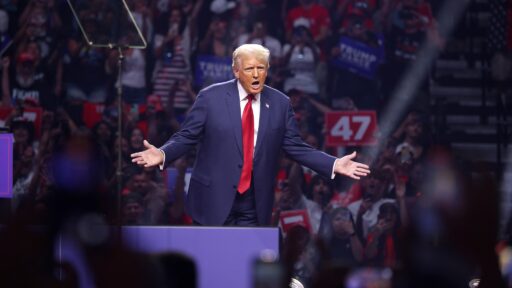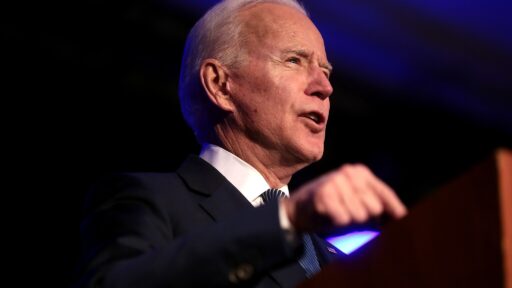Far-left Democrats have a lot of soul searching to do.
Progressives in Washington are facing a political reckoning unlike anything they’ve experienced before, as they confront the rise of the Trump administration and the shifting dynamics within their own party. While they have long been a driving force in Democratic politics, many are now grappling with the reality that their influence is waning, both in the halls of Congress and among their fellow Democrats.
In the aftermath of November’s elections, some progressives are feeling the heat, as many in their own party blame them for the Democrats’ struggles. Joseph Geevarghese, a grassroots organizer with Our Revolution, warned that an empowered Republican Party, with a clear majority in Congress and the presidency, will not hesitate to target progressives. “What can we do when they control everything?” he asked, noting the difficulty of challenging a GOP that is poised to use its newfound strength against progressive lawmakers.
This shift in the political landscape was evident in recent developments, such as Rep. Alexandria Ocasio-Cortez’s (D-N.Y.) failure to secure a key leadership position on the House Oversight and Accountability Committee. Ocasio-Cortez, once the face of the progressive “squad,” lost out to Rep. Gerry Connolly (D-Va.), a more traditional, centrist figure. The fact that her fellow Democrats rejected her leadership ambitions signaled a growing frustration with the progressive wing of the party.
Former President Trump himself even took to social media to mock Ocasio-Cortez’s loss, reinforcing the narrative that progressives are struggling to hold their ground against the rising tide of Republican power. “Really too bad that AOC lost the Battle for the Leadership Seat in the Democrat Party,” Trump posted on Truth Social, adding fuel to the fire of Republican critiques.
This growing rift within the Democratic Party is a stark reminder of how the progressive movement’s momentum has slowed in recent years. The energy that surged in 2018, leading to the formation of the “squad,” has since dissipated. Progressives once hoped their anti-Trump stance and focus on social justice would drive the party forward, but with President Trump’s victory and subsequent policies, that vision appears less achievable. The strategies they employed to challenge the Trump administration have failed to produce results, leaving many wondering where they go from here.
Progressives like Ocasio-Cortez and Sen. Bernie Sanders (I-Vt.) still enjoy significant popularity among younger voters and working-class communities, yet they have struggled to translate that support into tangible legislative victories. Some argue that, for progressives to remain relevant, they must look beyond the confines of Washington, D.C., and build grassroots movements at the local level, rather than relying solely on top-down policy changes from Congress.
One former adviser to Sanders offered a blunt perspective: “It’s about organizing. The real power comes from the people, not from legislation.” This sentiment reflects a growing recognition that progressive politics must extend beyond electoral battles in Washington and into communities across the country. With conservatives like Elon Musk and Speaker Mike Johnson already targeting the fundraising platforms that have powered progressive campaigns, the left faces a new challenge in protecting its financial infrastructure.
Sanders himself has been critical of the Democratic Party’s direction, particularly since Trump’s rise exposed the party’s failure to connect with working-class voters in key states. Sanders has shifted toward an economic-first agenda, focusing on issues like income inequality and labor rights. This shift is partly in response to the failure of Democratic elites to address the concerns of ordinary Americans, many of whom turned to Trump as a voice for populist change.
Some progressives, such as Sen. John Fetterman (D-Pa.) and Rep. Ro Khanna (D-Calif.), are attempting to bridge the divide by finding common ground with populist ideas that appeal to both the right and the left. While these efforts are still in their early stages, they reflect a growing awareness that the political landscape is changing—and that progressives must adapt or risk becoming irrelevant.
As the country faces economic uncertainty and political polarization, progressives must decide whether to double down on their traditional policy positions or find new ways to connect with disillusioned voters. The shift toward populism, particularly in economic matters, is one way forward, but it remains to be seen whether it will resonate with the broader electorate.
In the end, the Democratic Party faces a critical crossroads. Many progressives are calling for a “reckoning” within their ranks, urging the party to confront its failings and recalibrate its approach. With the rise of populism on the right, the left must find a way to harness its own populist energy while rejecting the condescending elitism that has characterized much of the party’s leadership in recent years.
As Republicans gain ground, it is clear that the progressive agenda will not be easily advanced. But with a new generation of voters eager for change, there may still be hope for a reinvigorated left that can find common cause with the broader American public. Whether they can do so while avoiding the pitfalls that have hampered their success in the past remains to be seen.


